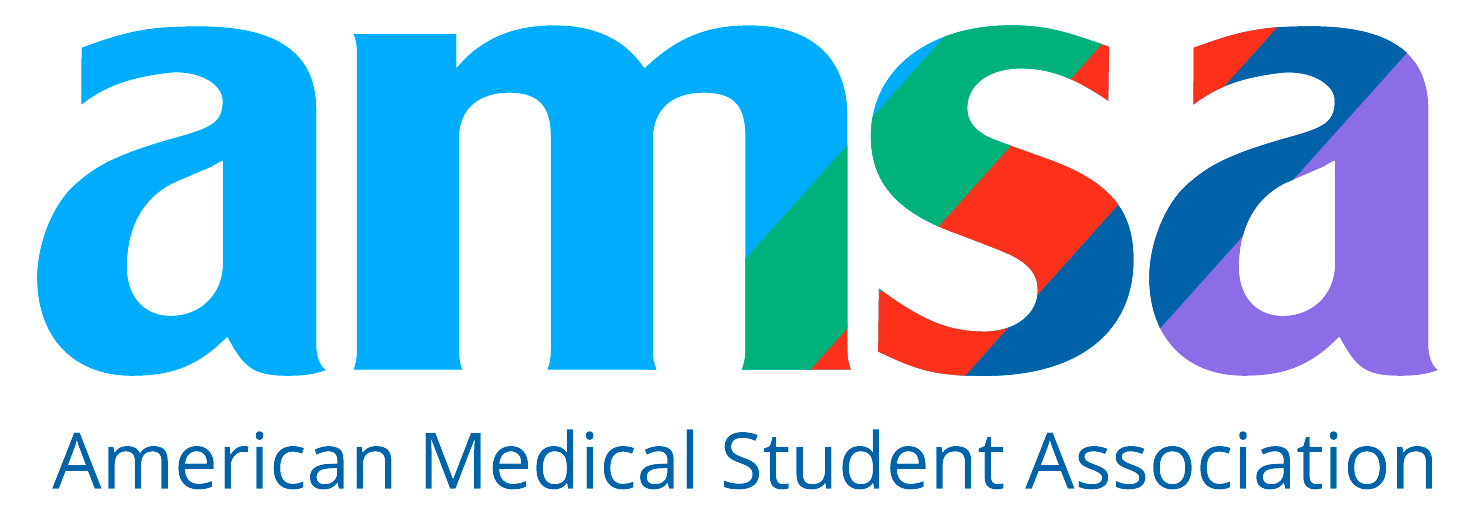How to Use the MSAR to Choose the Best Medical School in 2026
Go-Elective Abroad
How to Use the MSAR to Choose the Best Medical School in 2026
Choosing the right medical school can shape your entire career, but with hundreds of options out there, narrowing down your list can be overwhelming. Fortunately, the Medical School Admission Requirements (MSAR) database, maintained by the Association of American Medical Colleges (AAMC), is a powerful tool that can help you compare MD programs across the U.S. with precision.
Whether you’re just starting to plan your application or trying to finalize your target schools, this guide will show you how to make the most of MSAR—and increase your chances of medical school acceptance.
What is the MSAR?
The MSAR is an AAMC-created online database that offers detailed, up-to-date information about every accredited MD program in the United States and Canada. While it doesn't include osteopathic medical schools (for that, you'll want to check the AACOM Choose DO Explorer), it’s the go-to tool for MD applicants.
What Can You Find in the MSAR?
Essential Program Information
The MSAR includes a wealth of data, such as:
- Admissions criteria and acceptance rates
- Prerequisite coursework
- Median GPA and MCAT scores of accepted students
- Residency and citizenship requirements
- Interview formats and timelines
- Campus culture, mission statements, and student life summaries
- Available dual-degree programs (e.g., MD/PhD, MD/MPH)
This centralized database eliminates the need to jump from school to school’s website and makes it easier to create a list of schools tailored to your academic profile and personal goals.
MSAR Subscription Options
Free vs Paid MSAR Access
- Free Access: Includes basic info such as tuition rates and application deadlines.
- Paid Access: Costs $28 for one year or $36 for two years. It unlocks the full school profiles, including median GPA/MCAT scores, admissions stats, and detailed breakdowns of extracurriculars.
Students approved for the AAMC Fee Assistance Program get free MSAR access for a full year.
How to Register for the MSAR
To register:
- Create an AAMC account.
- Purchase your MSAR subscription from the AAMC Store.
- Log in to begin browsing medical schools.
When is MSAR Data Updated?
The AAMC updates MSAR data annually each April. Minor updates may also occur throughout the year to ensure data accuracy.
Key Features of the MSAR
Admissions Statistics
MSAR shows:
- Number of applicants and matriculants
- In-state vs out-of-state vs international breakdowns
- Early Decision and MD/PhD applicants
You can calculate acceptance rates by dividing matriculants by total applicants. For instance, Johns Hopkins School of Medicine had an overall acceptance rate of 1.7%—a figure derived directly from MSAR’s data.
Residency and Citizenship Requirements
Understanding whether a school is out-of-state or international-friendly is crucial. Public schools tend to favor in-state applicants due to government funding. In contrast, private schools like Johns Hopkins don’t prioritize residency and accept international students.
GPA and MCAT Averages
Your MCAT and GPA often determine whether your application will make it past the first round. MSAR shows:
- Median accepted MCAT score
- Median accepted GPA
- Acceptance ranges for both
Tip: Apply to schools where your scores meet or exceed the school’s medians to avoid being filtered out.
Need to boost your application? Consider Go Elective’s pre-med shadowing abroad programs to build stronger experiences that make you stand out.
Prerequisite and Recommended Courses
MSAR breaks down:
- Required courses by credit hours
- Whether courses need lab components
- Acceptance of online/community college credits
This helps you plan your undergraduate pre-med coursework or identify if you need a post-baccalaureate pre-med program.
Premed Experiences of Matriculants
MSAR gives you insight into what extracurriculars successful applicants had, such as:
- Physician shadowing
- Clinical volunteering
- Research/lab work
- Paid healthcare jobs
- Military service
For example, 100% of Johns Hopkins matriculants had research experience. In contrast, schools like UMKC had a higher percentage of students with paid clinical experience. Use this to align your own activities accordingly.
School Mission and Campus Life
Every MSAR profile includes a school’s mission statement, giving you insight into their values and priorities. Use this when writing your medical school personal statement and secondary essays.
Also, get a feel for student diversity, available clubs, and support systems before visiting the school.
Interview Formats
MSAR lists the type of interview each school uses, whether:
- Traditional interviews
- MMI (Multiple Mini Interviews)
- Hybrid formats
Knowing this allows you to prepare strategically. If you’re facing an MMI, start with our guide on How to Prepare for Medical School Interviews.
Waitlist and Offer Information
MSAR provides:
- When offers are made
- Waitlist movement statistics
- Timeframes to respond
This helps reduce stress post-application and provides realistic expectations for each school.
School Comparison Tool
MSAR’s “My Favorites” tool allows you to compare up to 26 schools side by side, across factors like:
- Acceptance rates
- Tuition
- Interview type
- Application deadlines
- Campus life
This tool is perfect for refining your school list based on where you’re the most competitive.
Is the MSAR Worth It?
Absolutely—especially the paid version. The MSAR gives you a bird’s-eye view of every MD program in the U.S., and for just $28, you gain access to the exact data that admissions committees rely on.
If you want expert help tailoring your school list and optimizing your applications, check out Go Elective’s medical school admissions support.
Frequently Asked Questions
-
Is the MSAR free?
Yes, but only the basic version. For full features, purchase a subscription.
-
When should I start using MSAR?
Ideally, 12–18 months before you plan to apply. The earlier you start, the more strategically you can plan.
-
How many med schools should I apply to?
Most advisors recommend applying to 15–20 schools for a well-rounded list.
-
Can I apply to schools with higher GPA/MCAT scores than mine?
Yes, but limit reach schools to just a few. Focus on schools where you meet or exceed the average.
-
How often is MSAR updated?
Annually in April, with occasional minor updates.
-
Does MSAR include DO programs?
No. For DO schools, use the AACOM Choose DO Explorer.
-
Should I still visit med school websites?
Yes. While MSAR is comprehensive, some information—like specific research programs or campus resources—is best found on school websites.
Final Thoughts
The MSAR is more than just a stats portal—it’s a roadmap to your medical school journey. With careful use of its features, you can build a school list tailored to your academic profile, goals, and interests—giving yourself the best shot at getting into a top MD program.
Pair this strategy with meaningful healthcare experience. Explore Go Elective’s pre-med internships in Kenya and Tanzania to boost your resume and demonstrate your commitment to global health.
Article Details
Categories
Recent Articles , Pre-health, Medical Electives, MCAT/MSAR/USMLE, Med Schools,
Author: Go-Elective Abroad
Date Published: Dec 12, 2025
Travel with us.
Inquire Today!
Go Elective offers immersive opportunities for medical students, pre-med undergraduates, residents, nursing practitioners, and PAs to gain guided invaluable experience in busy hospitals abroad. Discover the power of study, travel, and impact.






